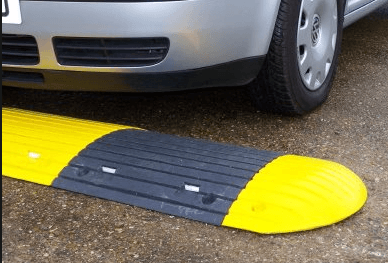
Experiencing leg cramps during sleep can be both painful and disruptive.
Here are some common reasons why they might occur, along with tips on what you can do to alleviate and prevent them:
Reasons for leg cramps during sleep
- Electrolyte imbalance: A lack of potassium, magnesium, or calcium in your diet can contribute to leg cramps.
- Dehydration: Not drinking enough water throughout the day can lead to cramping as muscles require hydration to function properly.
- Overexertion: Excessive exercise or overuse of the muscles during the day can lead to cramping at night as your muscles try to recover.
- Poor circulation: If your legs are not receiving adequate blood flow, you might experience cramping.
- Medications: Certain medications, such as diuretics used for blood pressure, can increase the risk of cramps.
- Prolonged sitting or inactivity: Being in one position for too long, especially with poor posture, can trigger cramps.
- Age: As you get older, muscle mass decreases, and tendons naturally tighten, which can lead to more frequent cramping.
What to do about leg cramps
- Stay hydrated: Ensure you're drinking enough fluids throughout the day. Aim for about 8 glasses of water, but this can vary based on your activity level and personal needs.
- Nutrition adjustment: Increase your intake of foods rich in potassium (bananas, oranges, cantaloupes), magnesium (nuts, seeds, whole grains), and calcium (milk, cheese, yogurt).
- Stretch regularly: Stretch your leg muscles before bed. Simple stretches like calf stretches, hamstring stretches, and ankle circles can help.
- Exercise moderately: Regular, moderate exercise can improve circulation and muscle function, reducing the risk of cramps.
- Improve sleep environment: Use comfortable bedding and ensure that your sleep position does not strain your legs. Consider using a pillow under or between your legs for better alignment.
- Warm compresses or baths: Taking a warm bath before bed or using a heating pad can relax your muscles and reduce the likelihood of cramps.
- Massage: Gently massaging the affected area can help ease the muscle contraction and alleviate pain.
If leg cramps are frequent and severe, and these tips do not help, it might be wise to consult a healthcare professional to rule out any underlying conditions. They can offer additional treatments or adjustments to your medication if needed.
Read Full Story


















Facebook
Twitter
Pinterest
Instagram
Google+
YouTube
LinkedIn
RSS